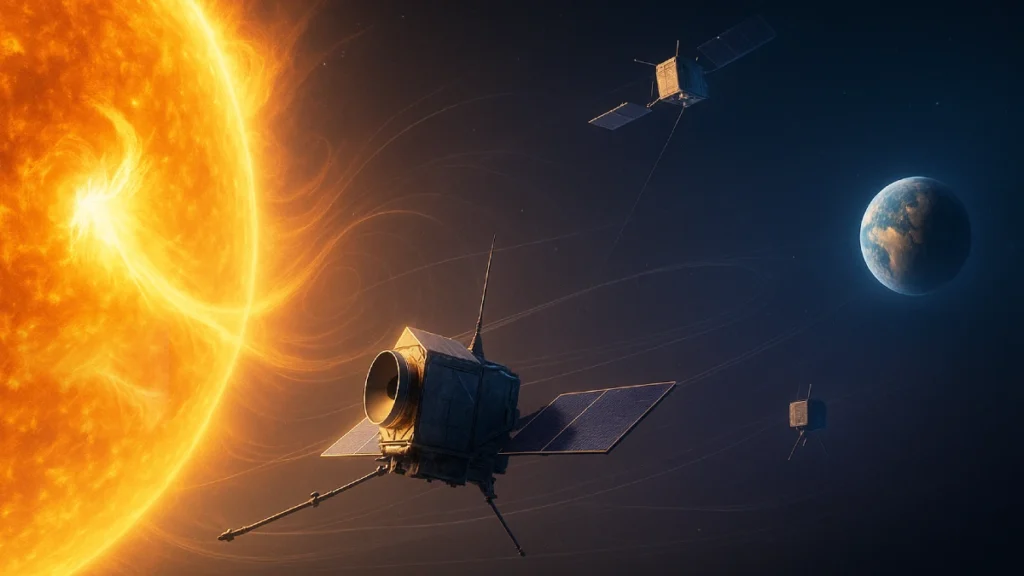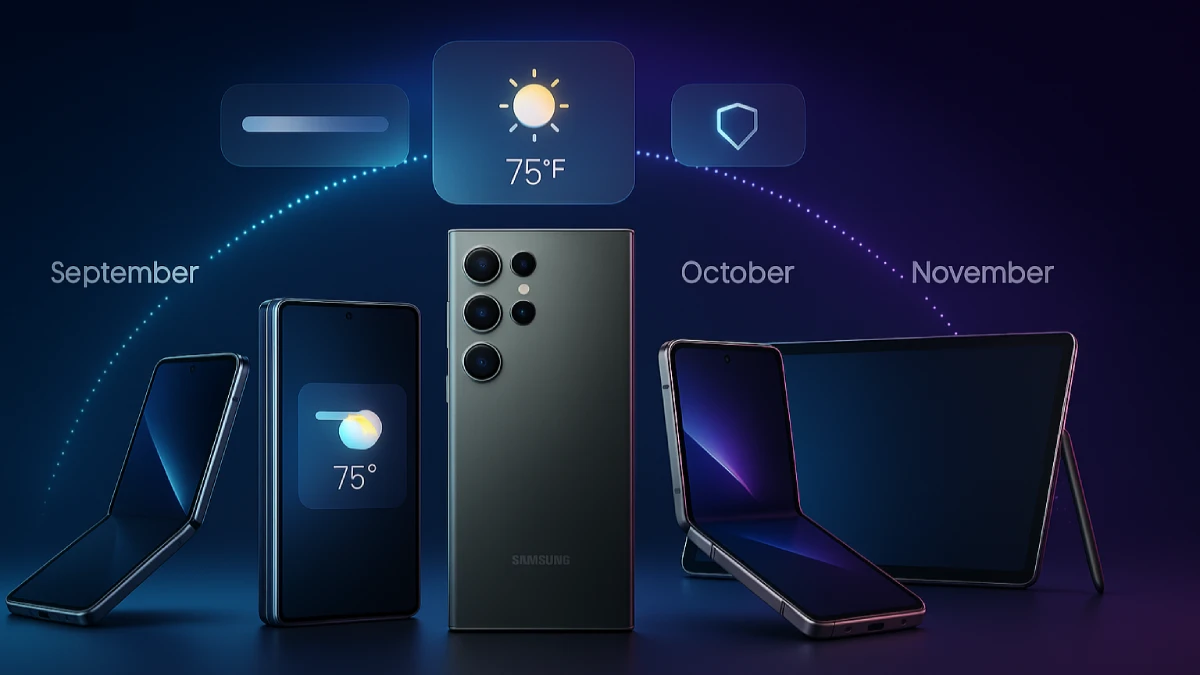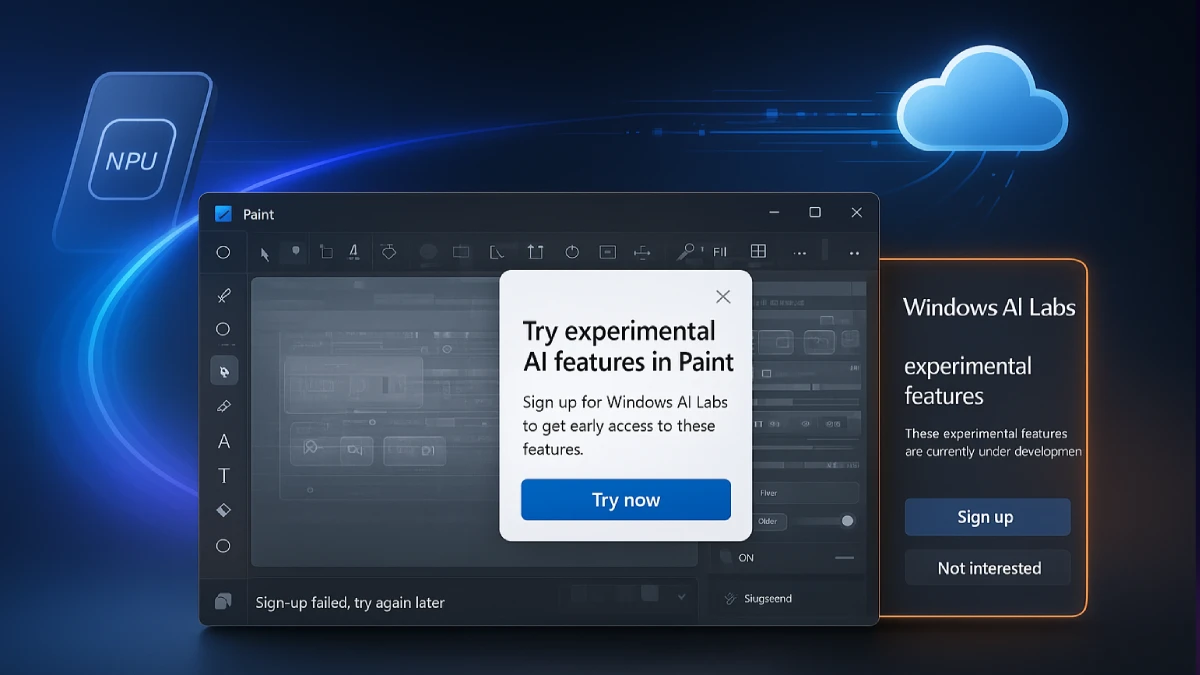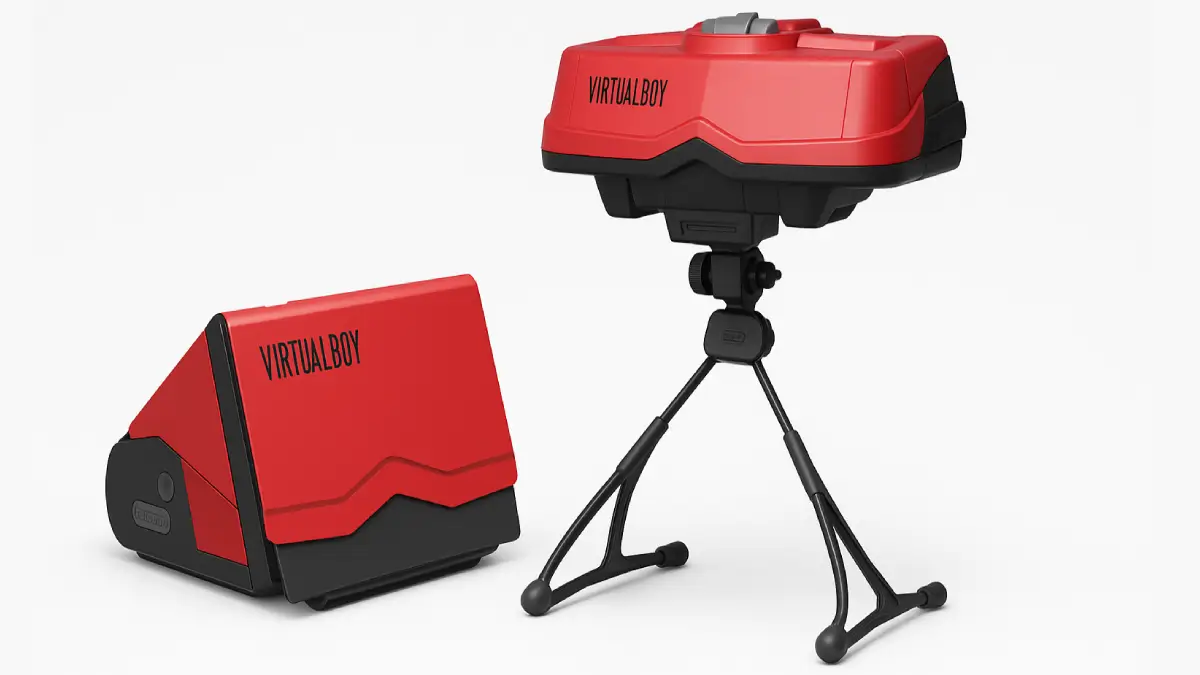NASA is set to launch a trio of space‑weather sentinels to the Sun–Earth L1 point, about a million miles sunward, creating an integrated early‑warning stack amid a heightened solar storm period; this is less about space firsts and more about hardening electrical grids, aviation, satellites, and the internet that modern life runs on.

What’s launching
- IMAP, SWFO‑L1, and Carruthers will rideshare on a Falcon 9 to L1, where continuous sunlight enables uninterrupted monitoring and forecasting of solar storms and their Earth impacts.
- IMAP will study how solar wind interacts with the heliosphere and accelerates energetic particles, improving models that predict when and how storms become dangerous near Earth.
- SWFO‑L1, an operational NOAA spacecraft launched via NASA services, is a purpose‑built sentinel to replace aging monitors and feed real‑time solar wind, magnetic field, and coronagraph data to forecasters for decisive protective actions.
- Carruthers Geocorona Observatory will image Earth’s outer atmosphere to track how solar energy inputs ripple through the exosphere, informing models of drag and signal propagation.
Why L1 changes the game
- The L1 vantage offers continuous upstream sampling of the solar wind before it strikes Earth, providing tens of minutes of actionable lead time to reconfigure grids, reroute flights, and safe‑mode satellites when the magnetic field orientation and speed threaten severe impacts.
- SWFO‑L1’s compact coronagraph plus in‑situ solar wind and magnetic field instruments bridge the gap between eruption imaging and impact assessment, tightening forecast timing and confidence.
- With multiple spacecraft clustered at L1, data synergy improves assimilation into operational models, where reliability—not just research insights—drives decision support for national infrastructure.
The risk backdrop
- Solar activity is elevated during the peak of Solar Cycle 25, increasing the frequency of geomagnetic storms that can trigger grid surges, navigation blackouts, HF comms outages, and premature satellite decay from atmospheric drag.
- Operational effects are tangible: transformers can saturate, GPS accuracy can degrade, airlines can lose polar HF, and LEO satellites can experience density spikes that shrink lifetimes.
- Recent surprise intensifications of storms underscore why upstream measurements, robust CME imaging, and improved coupling models are needed to avoid both under‑ and over‑warning.
From science to operations
- IMAP refines the left side of the forecast chain, revealing how eruptions evolve from the Sun to the heliosphere—vital context that improves event classification before it nears Earth.
- SWFO‑L1 anchors the right side, ensuring continuous, redundant operational coverage as legacy assets age out, with 24/7 streams forecasters can trust for grid and satellite advisories in minutes.
- Carruthers provides Earth‑response context by mapping exosphere dynamics, helping calibrate density and signal models used by satellite operators and navigation services.
The grid, aviation, and satellite supply chain
- Electric utilities can pre‑stage and reconfigure networks when forecasts indicate southward interplanetary magnetic fields and high‑speed streams, reducing transformer stress and blackout risk.
- Aviation can reroute polar flights to avoid HF comms outages and radiation spikes, trading time and fuel for safety and continuity when storm alerts cross thresholds.
- Satellite operators can trigger safe modes, adjust attitudes to reduce drag, or raise altitudes ahead of density surges that have previously accelerated deorbiting.
Why now: replacing a fraying safety net
- Aging sentinels like SOHO, ACE, and DSCOVR have exceeded design lifetimes; SWFO‑L1 restores operational resilience with modern instruments and robust ground processing.
- The combined launch reflects a policy shift: treat space weather like severe terrestrial weather—invest in reliable observing, open data pipelines, and decision‑support products operators can act on.
- The cadence aligns with increased solar activity and coordinated Sun–Earth studies, creating a richer data environment for both research and day‑to‑day forecasting.
The new early‑warning workflow
- Coronagraph views detect CME liftoff and trajectory; models project arrival windows; upstream L1 measurements resolve final speed and magnetic configuration, the linchpin for storm intensity at Earth.
- Forecasters convert those streams into alerts and indices that utilities, airlines, and satellite operators use—time‑bound, thresholded guidance that triggers playbooks rather than generic advisories.
- Over time, IMAP physics tightens priors in those models, while Carruthers supplies Earth‑side response data, making the loop self‑improving with each storm season.
What to watch on launch day
- Targeted morning liftoff sends all three spacecraft to L1 for commissioning before operations ramp up during the heart of Solar Cycle 25.
- Expect SWFO‑L1 to phase into operational products after calibration, with public updates on lead‑time and accuracy improvements as the system stabilizes.
- If activity stays high, early real‑world tests of this warning stack could follow within weeks, demonstrating fewer surprises and faster, smarter mitigations.




